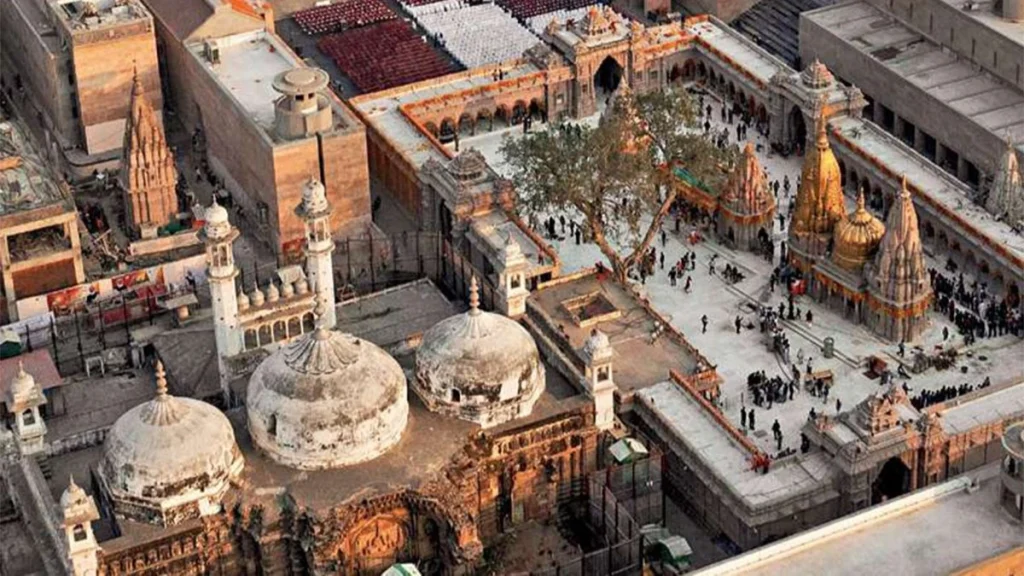Context:
Recently, the Varanasi District Court is currently considering a request for the Archaeological Survey of India (ASI) to investigate the remaining basements of the Gyanvapi mosque.
Key highlights of the case:
- According to Hindu petitioners, the Gyanvapi mosque was built on the site of an ancient Hindu temple devoted to Lord Shiva, which was destroyed by Mughal emperor Aurangzeb in the 17th century. They want permission to worship within the mosque compound.
- The Anjuman Intezamia Masjid Committee, which manages the Gyanvapi mosque, claims it has been a mosque for centuries and that the Places of Worship Act of 1991 bans changing the religious character of any site of worship established before August 15, 1947.
The Places of Worship Act of 1991:
It is an attempt to preserve and defend the religious identity of India’s places of worship.
- Section 3:Prohibits the whole or partial conversion of the place of worship to another religious denomination or within the same denomination.
- Section 4(1):Ensures a house of worship’s religious identity remains unchanged since August 15, 1947.
- Section 4(2): It provides that all legal actions related to the religious conversion of a place of worship that were in progress prior to August 15, 1947, will be ended, and no new cases will be allowed to be filed.
Section 5- The Act does not apply to ancient and historical monuments, archaeological sites, and remains covered by the Ancient Monuments and Archaeological Sites and Remains Act, 1958.
- The Act excludes the Ram Janmabhoomi-Babri Masjid in Ayodhya and any related legal processes.
Section 6: Penalties for breaking the Act include up to three years in prison and fines.
Key highlights of the ASI report:
- Statues: The survey found pieces of statues of Hindu deities, such as Hanuman, Ganesha, Nandi, etc within the mosque complex.
- Yonipattas and Shiv Linga: During the survey, several yonipattas (bases of shivling) were discovered.
- Inscriptions: 32 Indian inscriptions inscribed in Devanagari, Grantha, Telugu, and Kannada scripts.
- Marks: Marks on the structure included a swastika and trident (Trishula).
Architectural of Gyanvapi Masjid:
- It is a one-of-a-kind combination of Mughal and Hindu architectural styles.
- It elaborates carvings, minarets, and a huge courtyard.
- The main prayer space welcomes visitors with magnificent calligraphy, arches, and domes.
- The combination of red sandstone and marble, which adds to the Mosque’s grandeur and shows the architects’ aesthetic abilities, depicts great craftsmanship.

